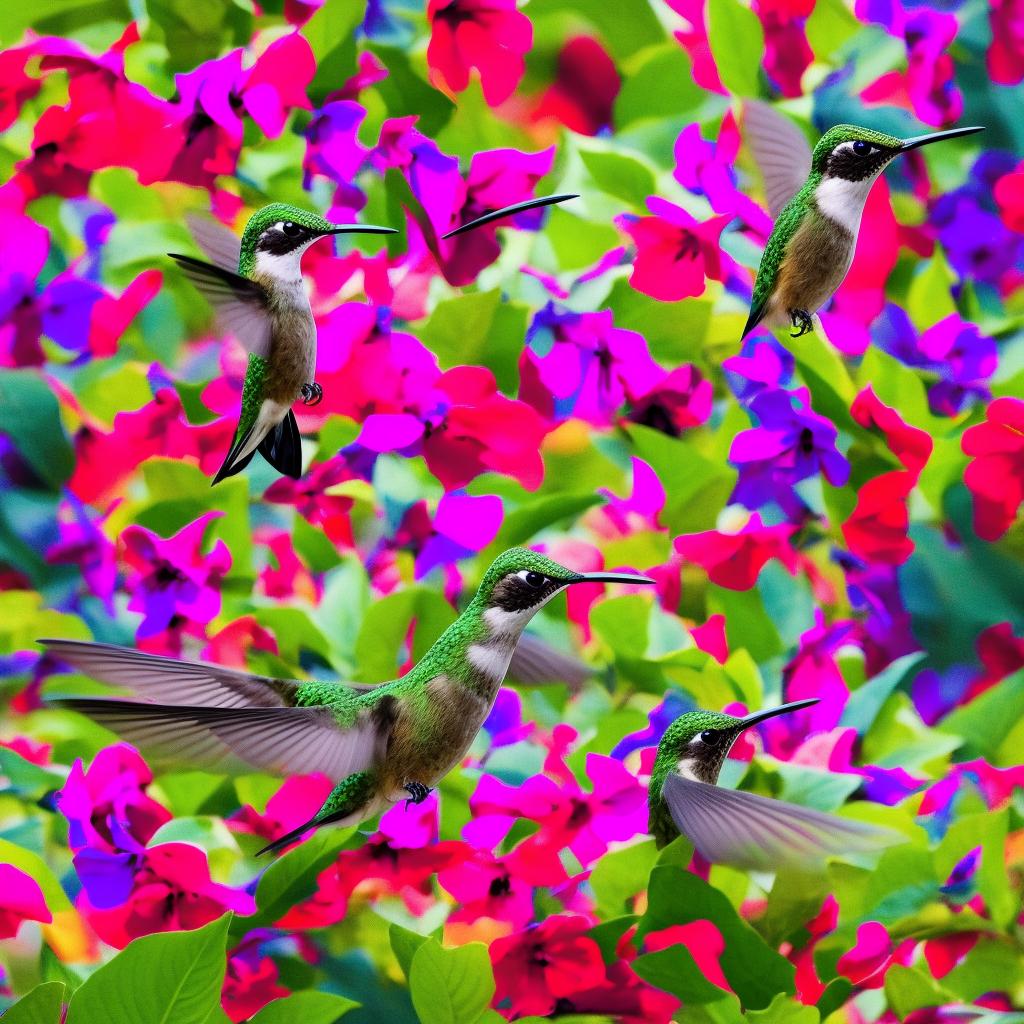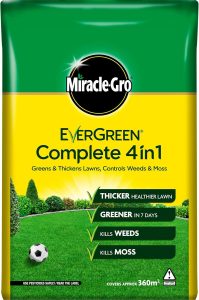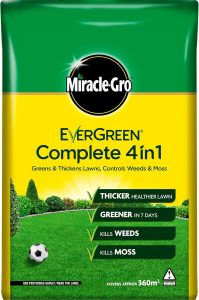Transform your garden into a mesmerizing oasis by learning how to attract one of nature’s most enchanting creatures – the hummingbird. These tiny, iridescent birds bring a touch of magic to any outdoor space with their dazzling colors and darting movements. With a few simple tips and tricks, you can invite these delightful visitors to flit and flutter through your garden, adding a touch of beauty and grace to your outdoor sanctuary.
Creating a Hummingbird-Friendly Habitat in Your Garden
Transform your garden into a haven for hummingbirds by following these simple tips and tricks. By creating a hummingbird-friendly habitat, you can attract these delightful birds to your outdoor space and enjoy their beauty up close. With a few easy adjustments, your garden can become a thriving ecosystem that will keep hummingbirds coming back for more.
- Plant a variety of colorful flowers that are rich in nectar, such as trumpet vine, bee balm, and salvia.
- Provide a water source, such as a birdbath or fountain, for hummingbirds to drink and bathe.
- Hang hummingbird feeders filled with a simple solution of water and sugar.
- Avoid the use of pesticides and herbicides in your garden to protect hummingbirds and other wildlife.
With a bit of effort and creativity, you can turn your garden into a hummingbird paradise. Not only will you be helping these fascinating creatures thrive, but you’ll also enhance the beauty and biodiversity of your outdoor space. So grab your gardening tools and get started on creating a welcoming environment for hummingbirds in your own backyard!
Selecting the Right Flowers and Plants to Attract Hummingbirds
When selecting flowers and plants to attract hummingbirds to your garden, it is important to consider their preferences and needs. Hummingbirds are attracted to bright, tubular flowers that are high in nectar, so be sure to choose varieties that fit this criteria. Some popular choices include:
- Salvia: This plant produces vibrant tubular flowers that are a favorite of hummingbirds.
- Fuchsia: Known for its hanging, bell-shaped flowers, fuchsia is a great option to attract these tiny birds.
- Trumpet vine: With its trumpet-shaped blooms, this plant is sure to catch the attention of hummingbirds.
Additionally, incorporating a variety of flowers that bloom at different times throughout the year will help ensure a consistent food source for hummingbirds. Consider planting a mix of annuals and perennials to keep these beautiful creatures coming back to your garden.
Providing Essential Food and Water Sources for Hummingbirds
One of the key elements to attract hummingbirds to your garden is by providing essential food and water sources for these tiny and colorful creatures. Hummingbirds have a high metabolism and need to eat frequently throughout the day, so having a variety of nectar-rich flowers, feeders, and water features will not only help attract them but also keep them coming back to your garden.
When it comes to food sources, **nectar-rich flowers** such as trumpet vine, bee balm, and salvia are excellent choices for attracting hummingbirds. Additionally, setting up **hummingbird feeders** filled with a homemade nectar solution (4 parts water to 1 part white sugar) can provide a convenient food source for these birds. As for water sources, a **birdbath** or **mister** can serve as a place for hummingbirds to drink and bathe, while also adding beauty to your garden. By providing these essential resources, you can create a welcoming environment for hummingbirds to enjoy.
Maintaining a Safe and Welcoming Environment for Hummingbirds
If you want to create a safe and welcoming environment for hummingbirds in your garden, there are a few key steps you can take to attract these beautiful creatures. First and foremost, it’s important to provide the right types of flowers and plants that hummingbirds love. Some popular choices include red salvia, bee balm, and cardinal flowers. These vibrant flowers not only provide nectar for hummingbirds but also add a splash of color to your garden.
Another important factor in attracting hummingbirds is to provide a water source for them to drink and bathe in. Consider setting up a hummingbird feeder filled with a solution of four parts water to one part sugar. Make sure to clean the feeder regularly to prevent mold and bacteria growth. Additionally, you can add a shallow birdbath or fountain to your garden to give hummingbirds another place to cool off and hydrate.
In Retrospect
attracting hummingbirds to your garden can bring joy and a touch of magic to your outdoor space. By providing the right environment with a variety of nectar-rich flowers, feeders, and water sources, you can create a haven for these delightful creatures. So go ahead, plant some trumpet vines, set up a feeder, and soon enough you’ll be enjoying the mesmerizing sight of hummingbirds flitting about in your garden. Happy gardening!




